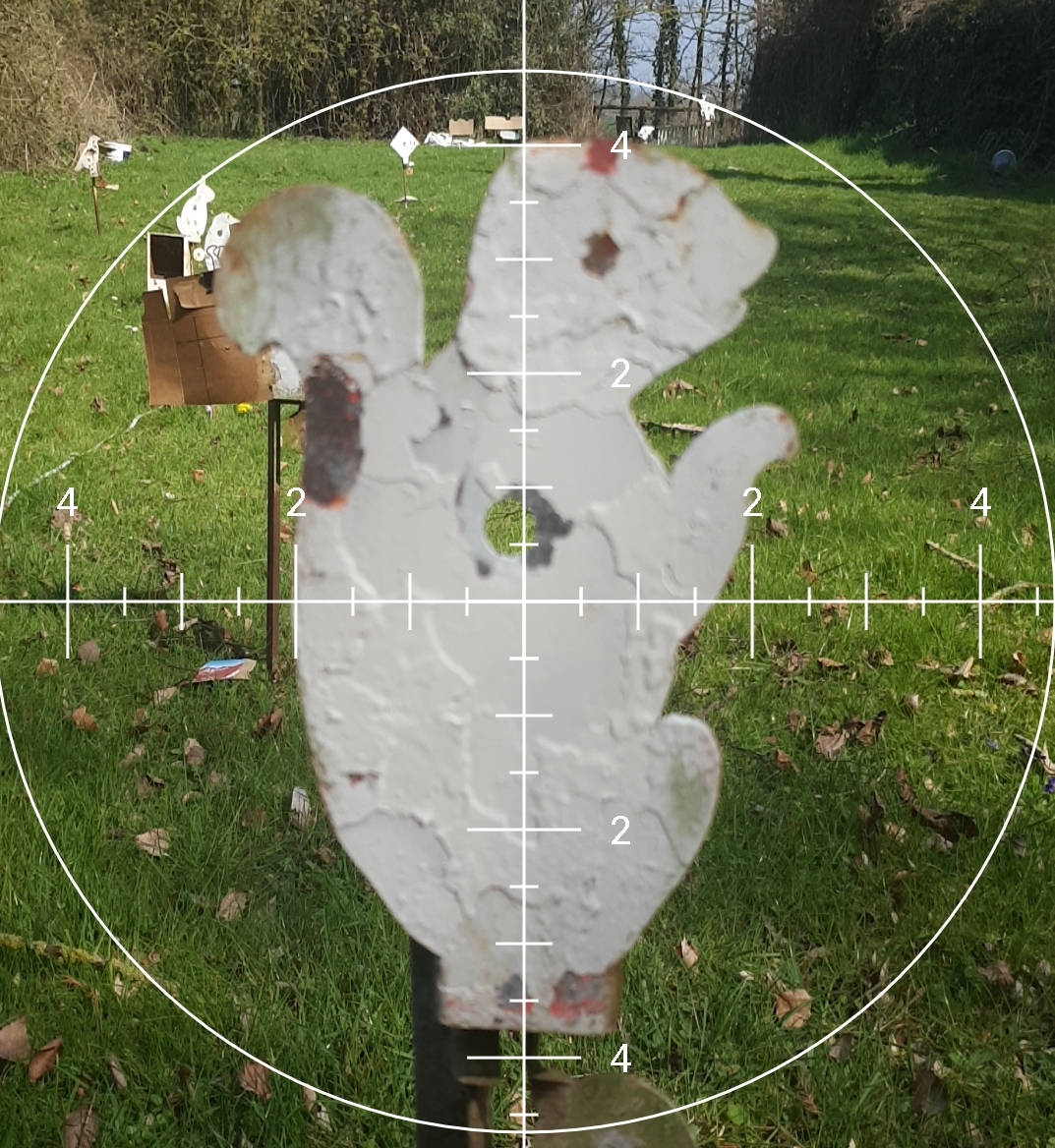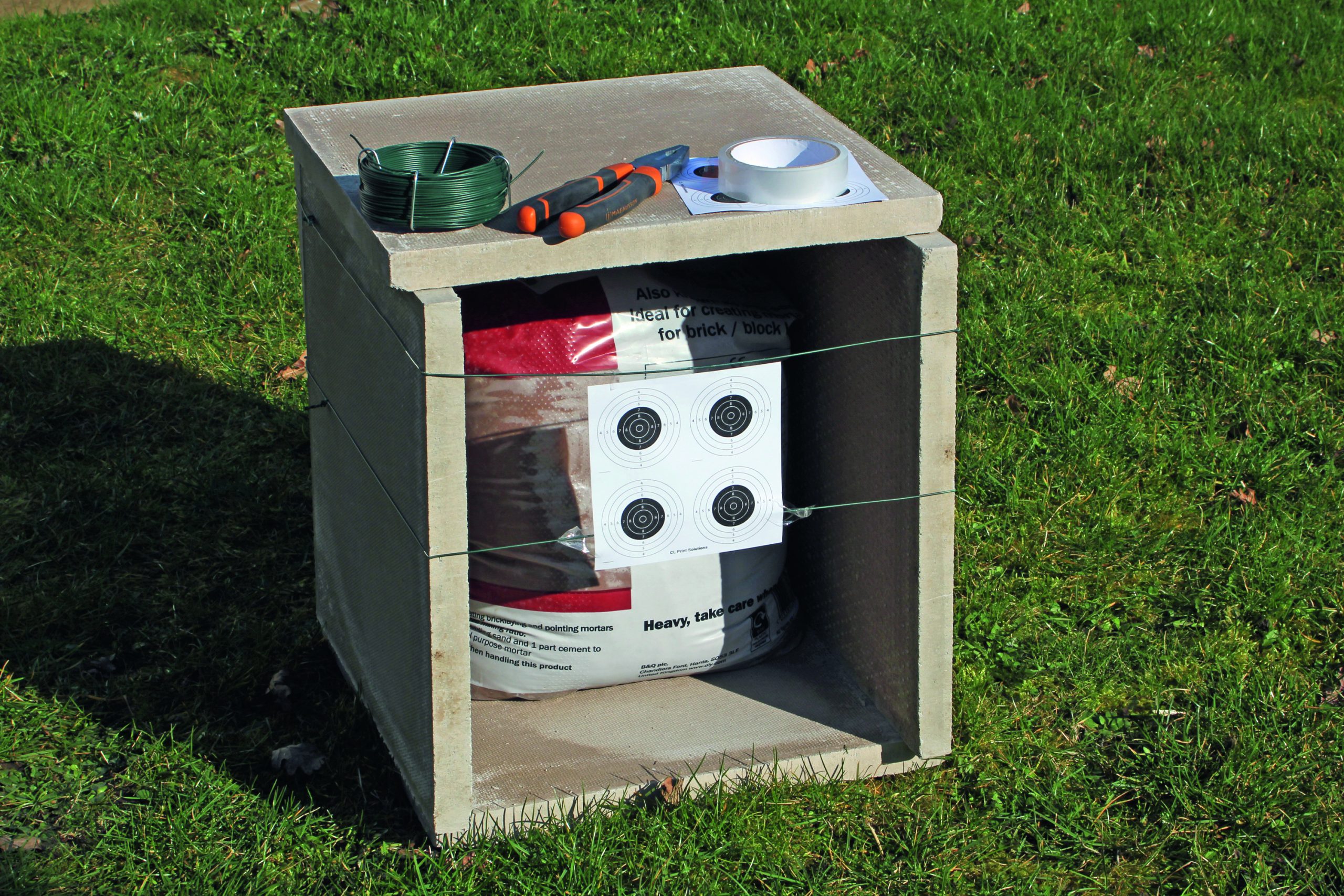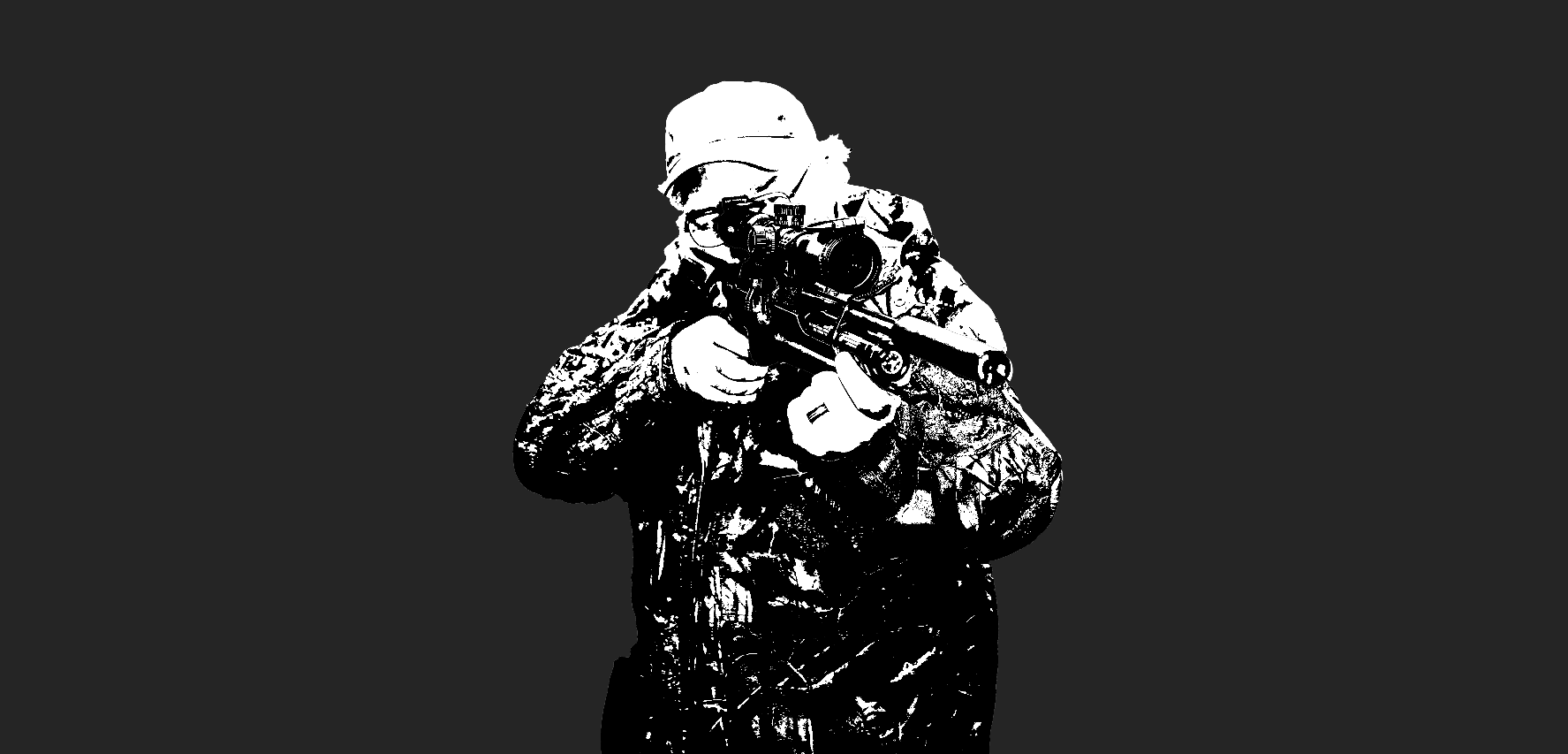People
A word from Mr Bainbridge
Ian Bainbridge shares memories from his incredible airgun journey and the valuable lessons he’s learned along the way.
Would you like to appear on our site? We offer sponsored articles and advertising to put you in front of our readers. Find out more.
Who is Ian Bainbridge?
I’ve been involved in airgun shooting since I was a boy, growing up on a farm in the Lake District. I got involved in competitive shooting later in life while living down in Essex, and competed at some of the biggest competitions in the country. Towards the end of my airgunning journey I became a course setter, designing courses across the UK and mainland Europe.
What are your main memories of shooting as a boy?
I had an old BSA air rifle, a .410 shotgun and later a 12-bore. I used to go out after rabbits, hares and rats. Back then, we’d cycle five miles with a shotgun slung over our backs to go shooting at a friend’s farm. You wouldn’t get away with that these days — people would be ringing up the police.
When did airgun shooting become a competitive pastime for you?
When I started out in Basildon, I was mostly shooting for pest control. I was in my 50s. Then, I started reading about competitive shooting and discovered my local club did Hunter Field Target (HFT). I never considered Field Target (FT); HFT was always my thing because it mimicked real hunting scenarios — shooting prone, off your knee and so on. It was more accessible; you didn’t need expensive gear or extreme long-range shooting skills.
What competitions did you eventually enter?
I found out about an HFT shoot in Cambridge. One day, I went up there, and it turned out to be the first Southern Hunters event. That was my first competition, and I met a lot of people, including Brian Samson, a top air rifle shooter. Over time, I got more involved, joined a club in Cambridge, and eventually represented it in the UK HFT Nationals. Later, I co-founded M.A.D. (Maldon & District) Air Rifle Club in Essex, which became a major HFT destination.
What rifle and pellets were you using during your competitive days?
I always used JSB pellets. I tried everything, but JSBs were the best. I was actually sponsored by them for years. I even had a van with JSB branding on the side.
How long did your competitive career last?
Almost 20 years. I was deeply involved in the scene, travelling all over the UK and even internationally. I helped start HFT Masters, a national competition with major sponsors like BSA. We had up to 180 shooters per event.
What are your proudest achievements in competitive shooting?
My best result in the World Championships was finishing 13th out of 350 shooters. I also won a Southern Hunters competition at Buxted with a score of 58/60.
What about during your time as a course setter?
No one ever scoring a perfect 60 on a course I set! Joking aside, one of my proudest moments was being invited to Poland to teach them how to set courses for HFT. That led to me setting up the European Championships in the Czech Republic and later running courses for the World Championships in the UK.
Who influenced you during your course setting journey?
I worked closely with Cleve Bull, an FT shooter. We set courses together at M.A.D. and at World Championships events. He was a great guy to bounce ideas off.
What makes a good HFT course?
It has to be accessible to everyone. The best shooter on the day should always win, but every shooter should be able to attempt every target. The course must be challenging but fair — even a 10-year-old should be able to take the shot. I’ve seen people with disabilities compete and enjoy it just as much as anyone else.
What’s your ideal landscape for setting a course?
Woodlands. Simple as that. You can put targets up in trees, on the sides of trees and under branches. You can position them in ways that force shooters to go prone, adjust their stance or shoot over obstacles. Woodland settings are beautiful and dynamic.
What are the hallmarks of a poorly set course?
Too many easy shots. Also, you can’t design a course assuming the wind will be a factor — because it might not be.
What’s the hardest target type for HFT?
A 35mm target from between 40 and 45 yards.
What advice would you give to budding course setters?
Make it hard, but not impossible. You have to leave your ego at the door — you’re not setting a course to trip people up. The rules are the rules, but every shooter should be able to at least attempt every target.
Are you still setting courses?
No, not at all. When I finished the World Championships at Harrogate last year, I said, “That’s it.” I sold all my gear. Back when I was setting courses, I’d travel all over— sometimes 300 or 400 miles to Scotland — arriving on a Tuesday to set up for a Sunday shoot.
What tools did you use when setting a course?
Hammers, nails, screws, nuts, bolts, tape, string, rope — everything. And ladders. If you’re putting a target up in a tree, there must be a ladder nearby, not down the road.
How important is inclusivity in airgunning to you?
It’s everything. The only way airgun shooting can grow is by being accessible. When we ran HFT Masters, those under 16 shot for free. We never charged them.
Finally, you’re also known for being a keen hunter. What can you tell us about the red squirrel conservation work that you’ve done?
Red squirrel conservation is a cause that’s deeply important to me, and while I was doing course setting, I also did everything I could to raise money for these conservation efforts.
Related articles
People
How to improve your airgun shooting
Terry Doe explains how to improve your airgun accuracy after a period of poor form
By Time Well Spent
Manage Consent
To provide the best experiences, we use technologies like cookies to store and/or access device information. Consenting to these technologies will allow us to process data such as browsing behavior or unique IDs on this site. Not consenting or withdrawing consent, may adversely affect certain features and functions.
Functional Always active
The technical storage or access is strictly necessary for the legitimate purpose of enabling the use of a specific service explicitly requested by the subscriber or user, or for the sole purpose of carrying out the transmission of a communication over an electronic communications network.
Preferences
The technical storage or access is necessary for the legitimate purpose of storing preferences that are not requested by the subscriber or user.
Statistics
The technical storage or access that is used exclusively for statistical purposes.
The technical storage or access that is used exclusively for anonymous statistical purposes. Without a subpoena, voluntary compliance on the part of your Internet Service Provider, or additional records from a third party, information stored or retrieved for this purpose alone cannot usually be used to identify you.
Marketing
The technical storage or access is required to create user profiles to send advertising, or to track the user on a website or across several websites for similar marketing purposes.




